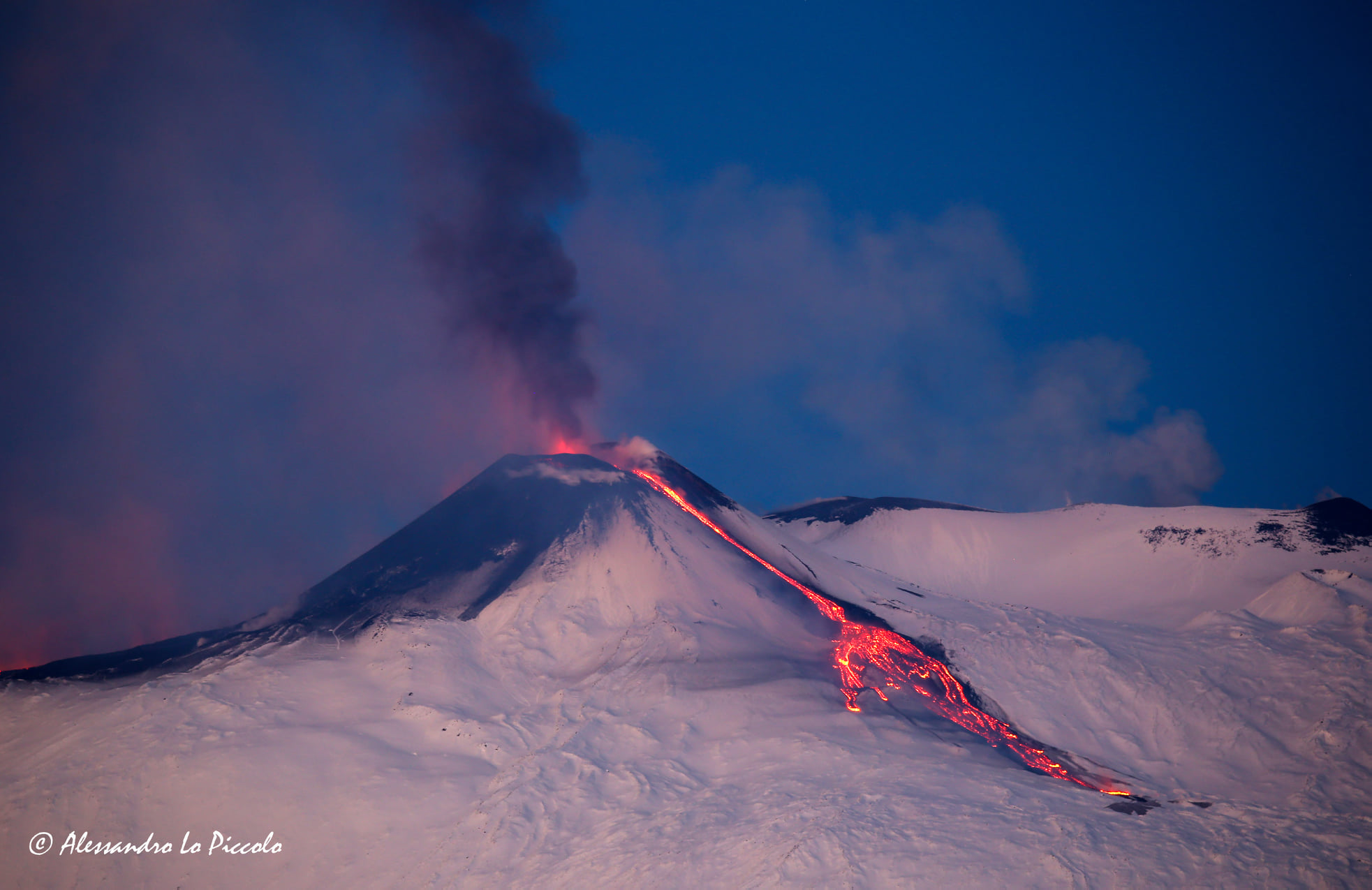December 30, 2020. EN . Italy / Sicily : Etna , Hawaii : Kilauea , Kamchatka : Karymsky , New Zealand : White Island , Saint Vincent and the Grenadines : Soufrière .
December 30 , 2020 . Italy / Sicily , Etna : ETNA COMMUNICATION [UPDATE n. 110] The National Institute of Geophysics and Volcanology, Osservatorio Etneo, announces that from…

